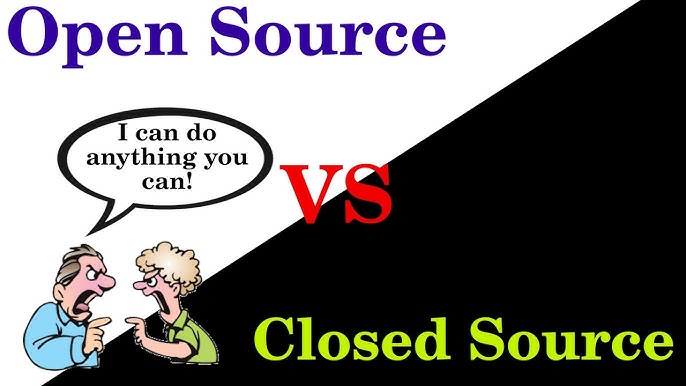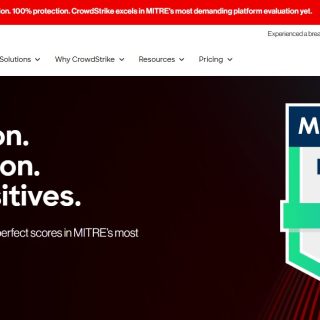
Why Open-Source EDR is the Superior Choice: Lessons from the CrowdStrike Incident
The July 2024 CrowdStrike incident exposed a fundamental flaw in relying on closed-source Endpoint Detection and Response (EDR) solutions. The code and architecture behind CrowdStrike’s system were hidden from public scrutiny, leaving users in the dark about potential flaws. Only after the system had catastrophically failed did the public become aware of the serious flaws in its design. By that point, millions of businesses and individuals had paid the price for trusting a solution that held its weaknesses behind closed doors.
This incident highlights a dangerous truth: with closed-source EDR solutions, users often discover vulnerabilities not through proactive measures or warnings but through painful experience. This is not the case with open-source EDR.
Here are the key benefits of open-source EDR:
- Transparency: The source code is open for anyone to examine. This ensures that vulnerabilities are not hidden behind proprietary walls, allowing users and security experts to proactively identify and resolve flaws.
- Global Scrutiny: Open-source solutions invite experts from around the world to review, test, and improve the code. This many eyes approach leads to faster discovery of vulnerabilities and more robust security overall.
- Faster Patch Cycles: With contributions from a global community, vulnerabilities are patched quickly, sometimes within hours. In contrast, closed-source systems can take weeks or even months to address critical flaws.
- Collaborative Security: Open-source systems are continuously improved by a collective of security professionals, developers, and researchers. This ensures that the solution evolves in real time to address the latest threats.
- Accountability: The transparency of open-source systems means that no single company controls the narrative. Vulnerabilities can’t be hidden or ignored, as they are exposed to public scrutiny and must be addressed promptly.
- No Reliance on Internal Testing Alone: Closed-source solutions, like CrowdStrike’s, depend on internal testing, which can be limited in scope. Open-source EDR benefits from the expertise of diverse contributors who bring a wide range of skills and perspectives to testing and improvement.
- No Risk of Hidden Architectural Flaws: With open-source EDR, there is no need to gamble on hidden architectural flaws and vulnerabilities. Users can review the design and code, ensuring they aren’t risking their network to unseen weaknesses.
This flaw in CrowdStrike’s EDR architecture was so significant that Microsoft is now stepping in to ensure that companies like CrowdStrike cannot continue to operate with such hidden flaws. Microsoft’s intervention further underscores the need for open-source solutions that prioritize transparency and accountability.
In the evolving world of cybersecurity, open-source EDR provides the transparency, speed, and collaboration necessary to stay ahead of modern threats. The CrowdStrike incident should serve as a cautionary tale—open-source systems are the future of robust, trustworthy cybersecurity solutions.



